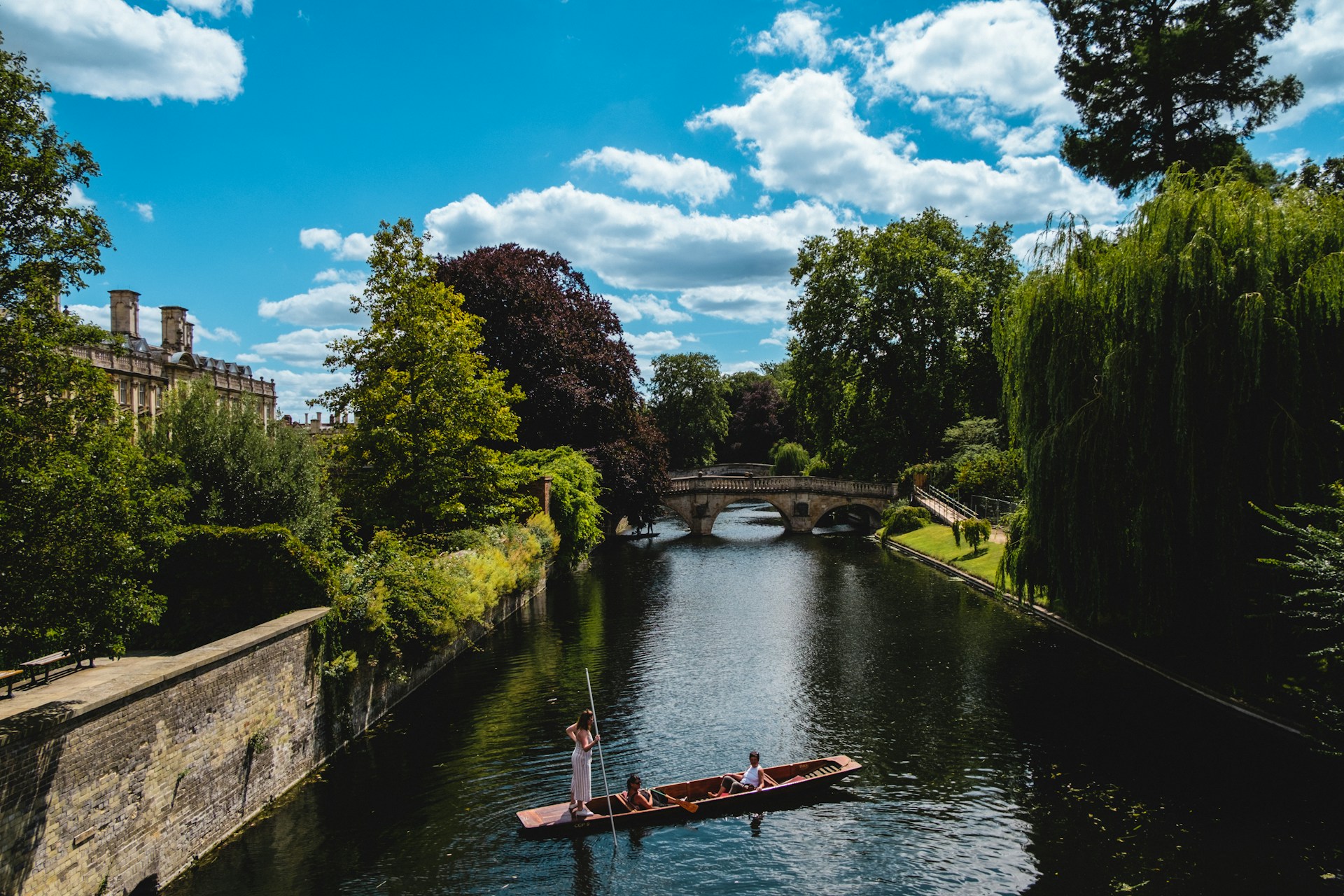Between Oxford and Cambridge, a new generation of “forest towns” is set to rise – reshaping the intersection between housing, ecology, and economic ambition. The UK government’s plan envisions thousands of homes nestled within walking distance of newly planted woodlands, merging environmental stewardship with urban development. It’s an ambitious response to the country’s dual challenge: building more homes while restoring its natural landscape.
Unlike traditional satellite towns, these communities are designed around ecological integration rather than expansion. Each site will incorporate biodiversity corridors, tree-lined transport links, and carbon-offset strategies, redefining what it means to live sustainably. With the Ox-Cam corridor projected to add tens of billions to the UK economy by 2035, the initiative also signals an intent to fuse growth with green credibility – a recalibration of both policy and perception.
For developers and investors, the forest-town model introduces a new value paradigm. Profit will increasingly hinge on environmental metrics as much as square footage. Projects that demonstrate measurable contributions to carbon reduction, public health, and walkable connectivity will likely attract both public approval and long-term investment security. Yet, with opportunity comes scrutiny: planning frameworks will demand greater transparency, from habitat restoration plans to low-impact infrastructure commitments.
What’s unfolding between Oxford and Cambridge is more than a housing scheme – it’s an experiment in reimagining modern living. By embedding nature into the blueprint of development, the UK may be charting a path for a post-urban era where prosperity grows not in defiance of the environment, but in concert with it. The success of these forest towns could well determine whether Britain’s next building boom can truly claim to be sustainable.


